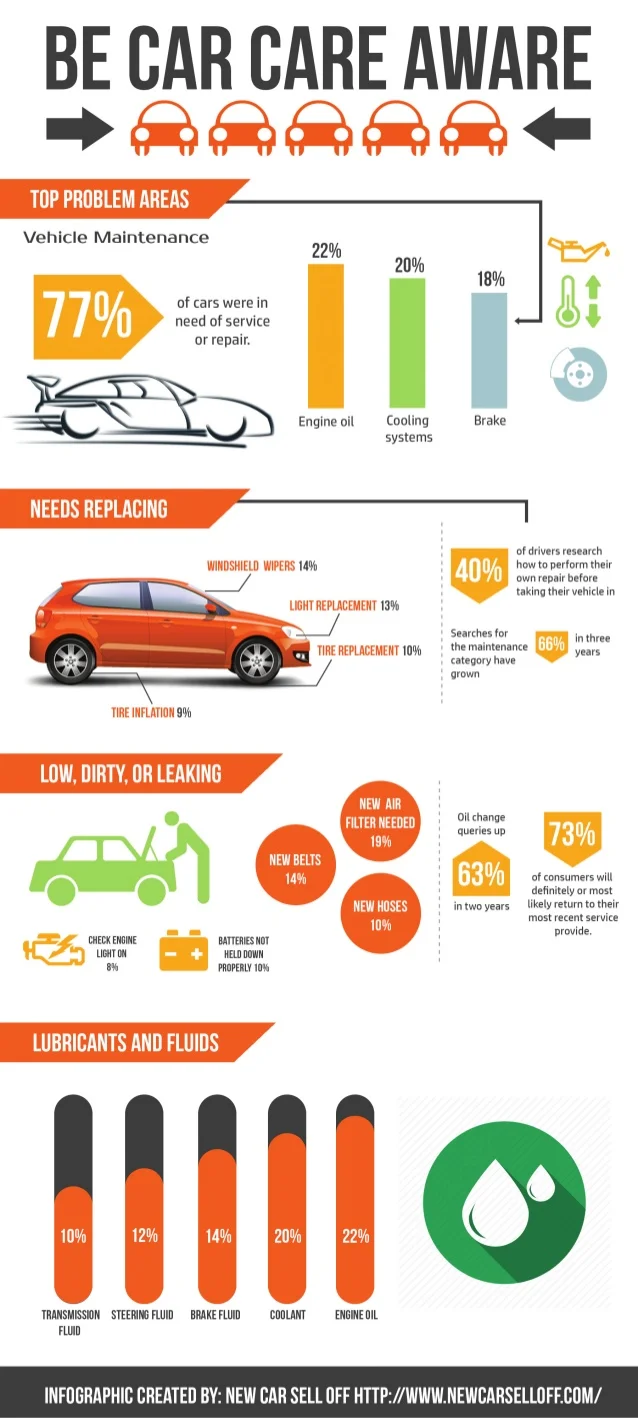Pop The Hood To Analyze Regular Brake System Issues And Their Solutions
Pop The Hood To Analyze Regular Brake System Issues And Their Solutions
Blog Article
Authored By-Sharma Birch
When it involves your vehicle's brake system, understanding common issues can conserve you from potential security hazards. From determining brake pad wear to addressing brake liquid leaks, understanding just how to tackle these troubles is necessary. However what about those mushy brake pedals? There's a solution for that also. Keep tuned to find out more concerning these issues and the practical options that can keep you safely on the road.
Brake Pad Use and Substitute
When it concerns preserving your vehicle's brake system, one critical aspect to keep an eye on is the wear and substitute of brake pads. Brake pads are necessary components that press against the brake rotors to slow down or stop your car. Gradually, these pads wear down because of rubbing, calling for routine evaluation and replacement to ensure your brakes operate successfully.
To identify if your brake pads require replacement, pay attention for screeching or grinding noises when you use the brakes. In addition, if your vehicle takes longer to quit or you see vibrations or pulsations when stopping, it might be time to change the brake pads.
Disregarding used brake pads can lead to reduced braking performance, damages to other brake parts, or even brake failure.
Changing https://www.clickondetroit.com/news/michigan/2022/07/21/aaa-tips-for-keeping-your-car-running-smoothly-and-your-kids-safe-as-heatwave-hits-michigan/ is a reasonably uncomplicated procedure for many lorries. However, if you're uncertain or unpleasant executing this job, it's ideal to seek advice from a specialist auto mechanic to ensure proper installation and ideal brake efficiency.
On a regular basis examining and replacing brake pads is essential for your safety and security and the longevity of your car's braking system.
Brake Liquid Leaks and Upkeep
To ensure your vehicle's brake system operates ideally, it is very important to also focus on brake liquid leaks and maintenance. Brake fluid is critical for transferring the force from your foot on the brake pedal to the real braking mechanism. click here with brake fluid is leaks, which can take place due to worn-out brake lines, seals, or links. If you observe a pool or drips under your automobile, it's essential to resolve the leak without delay to stop a prospective brake failure.
Frequently checking your brake fluid degree is essential to keeping your brake system. Low brake fluid can lead to air going into the brake lines, which compromises stopping efficiency.
Additionally, old or polluted brake fluid can influence the total effectiveness of your brakes. https://ecu-tune-cost73840.blogolenta.com/27151030/enhancing-the-long-life-of-your-lorry-with-the-appropriate-vehicle-repair-service-establishment 's recommended to follow the manufacturer's guidelines on when to alter the brake fluid, normally every 2 years.
Spongy Brake Pedal: Bleeding Brakes
If you have actually ever before experienced a mushy brake pedal while driving, you comprehend the relevance of preserving a firm and receptive braking system. One common cause of a spongy brake pedal is air caught in the brake lines. When https://knoxxsnga.blogdal.com/30670024/furnish-on-your-own-for-more-secure-winter-months-driving-by-complying-with-important-guidelines-to-winterize-your-vehicle goes into the brake system, it can bring about a loss of hydraulic pressure, leading to that disturbing spongy feeling when you press the brake pedal.
To solve this issue, hemorrhaging the brakes is essential. Bleeding the brakes involves getting rid of the air from the brake lines to recover appropriate hydraulic stress.
To hemorrhage the brakes, you'll need an assistant to help you. Start by locating the brake bleeder valve on each wheel, typically located near the brake caliper. With a wrench, loosen up the valve and have your assistant press the brake pedal while you observe any kind of air bubbles coming out. Repeat this process for each and every wheel, beginning with the wheel farthest from the master cyndrical tube and relocating more detailed.
When you no more see air bubbles and only clear liquid emerges, tighten the valve and top up the brake liquid storage tank as required. Bleeding the brakes assists ensure a company brake pedal and enhances overall braking efficiency.
Final thought
Now that you comprehend usual brake issues and exactly how to fix them, you can ensure your automobile's security and performance. Remember to pay attention for warning signs like shrilling noises or spongy brake pedals, and resolve them quickly. Regular maintenance and prompt substitutes are essential to maintaining your brakes in top problem. Keep proactive and conscientious to your brake system to enjoy safe and dependable driving experiences.
